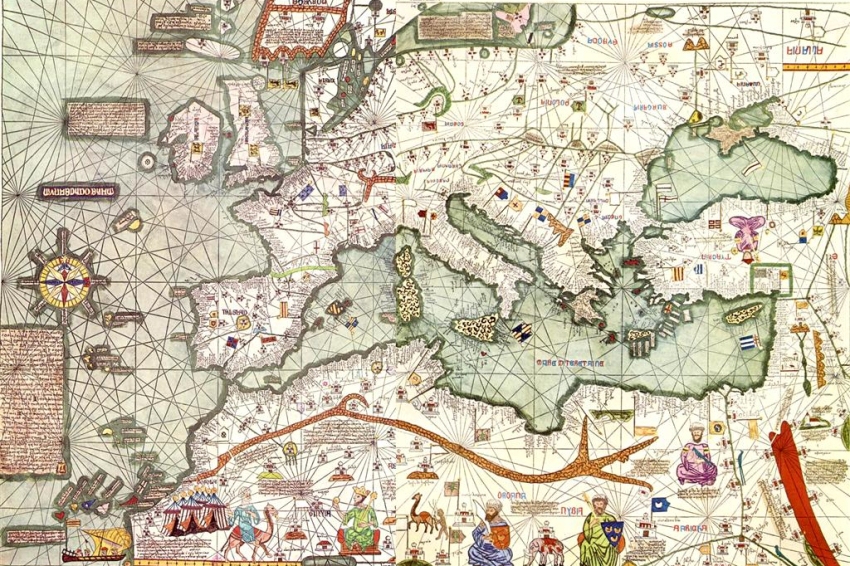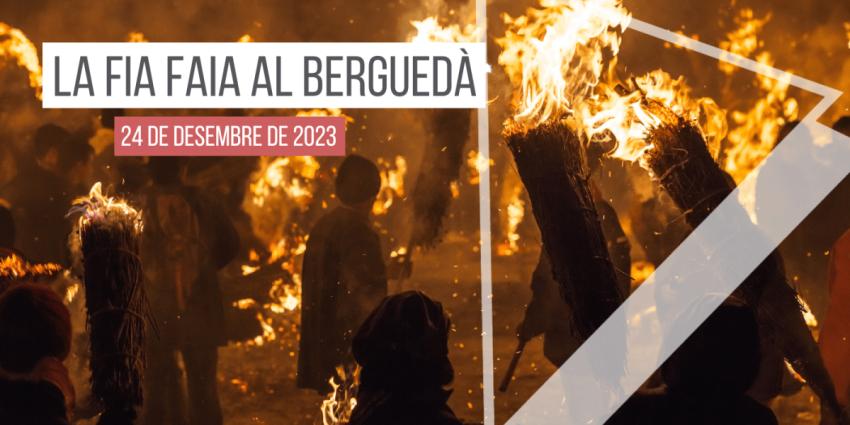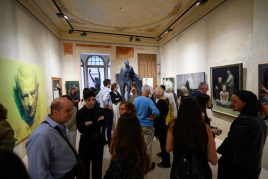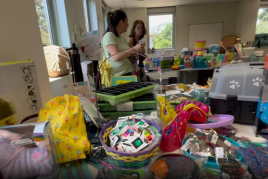650 years of the Catalan Atlas

The Catalan Atlas is one of the most important and emblematic pieces of medieval European cartography. Although it is not signed or dated, its authorship is attributed to the Majorcan Jewish cartographer Cresques Abraham, a renowned master of maps and nautical instruments who lived between 1325 and 1387.
This attribution is based on his skill and prestige as a cartographer, as well as on the style and characteristics of the work, which fit perfectly with other works by Cresques. Its approximate production date is set around the year 1375, since the calendar that accompanies the atlas includes records that place its preparation at that historical moment.
The Atlas is made up of six double sheets of vellum, a material made from calfskin that was highly prized at the time for its fineness and durability. Each sheet, measuring 65x50 cm, is mounted on a folding wooden table, or two articulated tables, which allowed easy handling and protected the delicate surface of the parchment.
Except for the first half of the first page and the second half of the last page, which are fixed to the back covers of the atlas, each part is presented in a way that facilitates both its preservation and its reading.
When fully unfolded, the atlas reaches a span of 65 x 300 cm, making it a work of impressive dimensions, reflecting the magnitude of the project that Cresques Abraham undertook.

Despite its spectacular nature, from a cartographic point of view, the Catalan Atlas does not represent a radical innovation compared to other maps of the time. In fact, it follows the patterns of 14th-century Mediterranean cartography, an archetypal model that combined practical geographical knowledge with a visual representation that facilitated understanding by navigators and merchants.
However, its importance lies in the wealth of information and aesthetics it offers. The atlas is not only a navigational instrument; it is also a work of art and a compendium of medieval wisdom. The information it contains includes detailed descriptions of known lands, trade routes and even astronomical and astrological knowledge, making it a multi-functional tool.
One of the elements that make the Catalan Atlas especially exceptional is its formal exuberance. This is manifested in the abundant gold decoration and in the miniatures that fill its pages. The images, executed with great detail and mastery, include human figures, animals, buildings and landscapes, which not only embellish the work, but also have an informative function.
The vivid colours and precious materials used to decorate the atlas suggest that it was conceived as a luxury object intended for an elite audience, probably members of the nobility or royalty.
The Catalan Atlas is also a testament to the cultural dialogue and shared knowledge between Christian, Jewish and Muslim cultures in the medieval Mediterranean. Cresques Abraham, as a Majorcan Jew, was in a unique position to access and integrate sources of information from diverse traditions.
After its creation, the Catalan Atlas had a remarkable destiny. After passing through several hands, it became part of the French royal collections, a milestone that demonstrates the value that was attributed to it even in later times. Today, this masterpiece is preserved in the National Library of France, where it remains one of the institution's most precious treasures. Its preservation is essential for understanding medieval cartography and the cultural history of the Mediterranean.
The impact of the Catalan Atlas goes beyond its original function as a map. Today, it is considered a historical instrument of great importance that allows us to better understand the way in which medieval societies perceived and represented the world. It is also a window into the collective imagination of the 14th century, a testimony to the knowledge accumulated at that time and to the human capacity to transform this knowledge into a work of art.
At the same time, the atlas reflects the tensions and connections between cultures at a historical moment of profound transformation.





